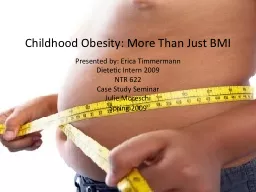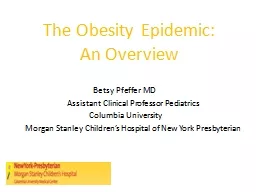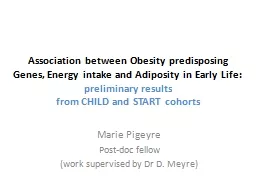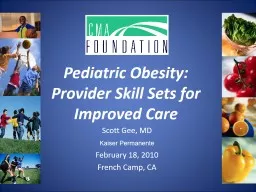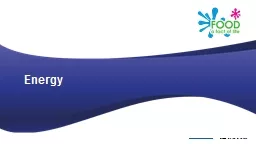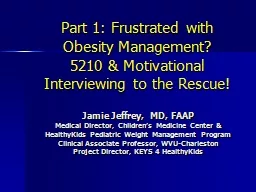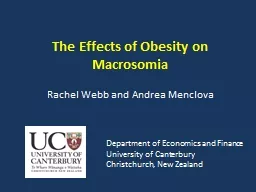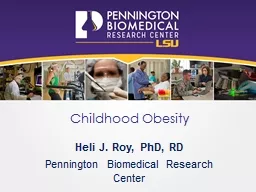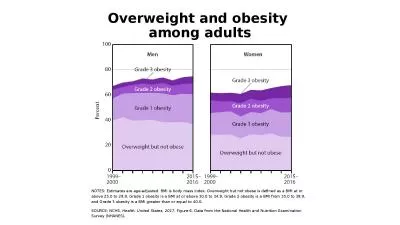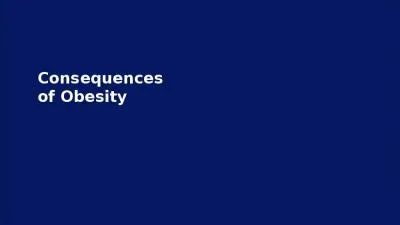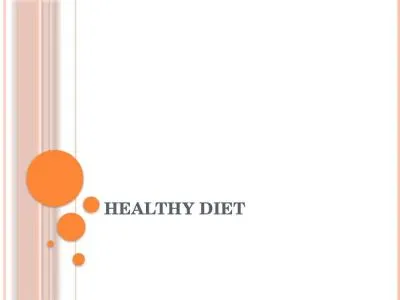PPT-Childhood Obesity: More Than Just BMI
Author : pressio | Published Date : 2020-10-06
Presented by Erica Timmermann Dietetic Intern 2009 NTR 622 Case Study Seminar Julie Moreschi Spring 2009 Childhood Obesity Obesity among children and adolescents
Presentation Embed Code
Download Presentation
Download Presentation The PPT/PDF document "Childhood Obesity: More Than Just BMI" is the property of its rightful owner. Permission is granted to download and print the materials on this website for personal, non-commercial use only, and to display it on your personal computer provided you do not modify the materials and that you retain all copyright notices contained in the materials. By downloading content from our website, you accept the terms of this agreement.
Childhood Obesity: More Than Just BMI: Transcript
Download Rules Of Document
"Childhood Obesity: More Than Just BMI"The content belongs to its owner. You may download and print it for personal use, without modification, and keep all copyright notices. By downloading, you agree to these terms.
Related Documents

